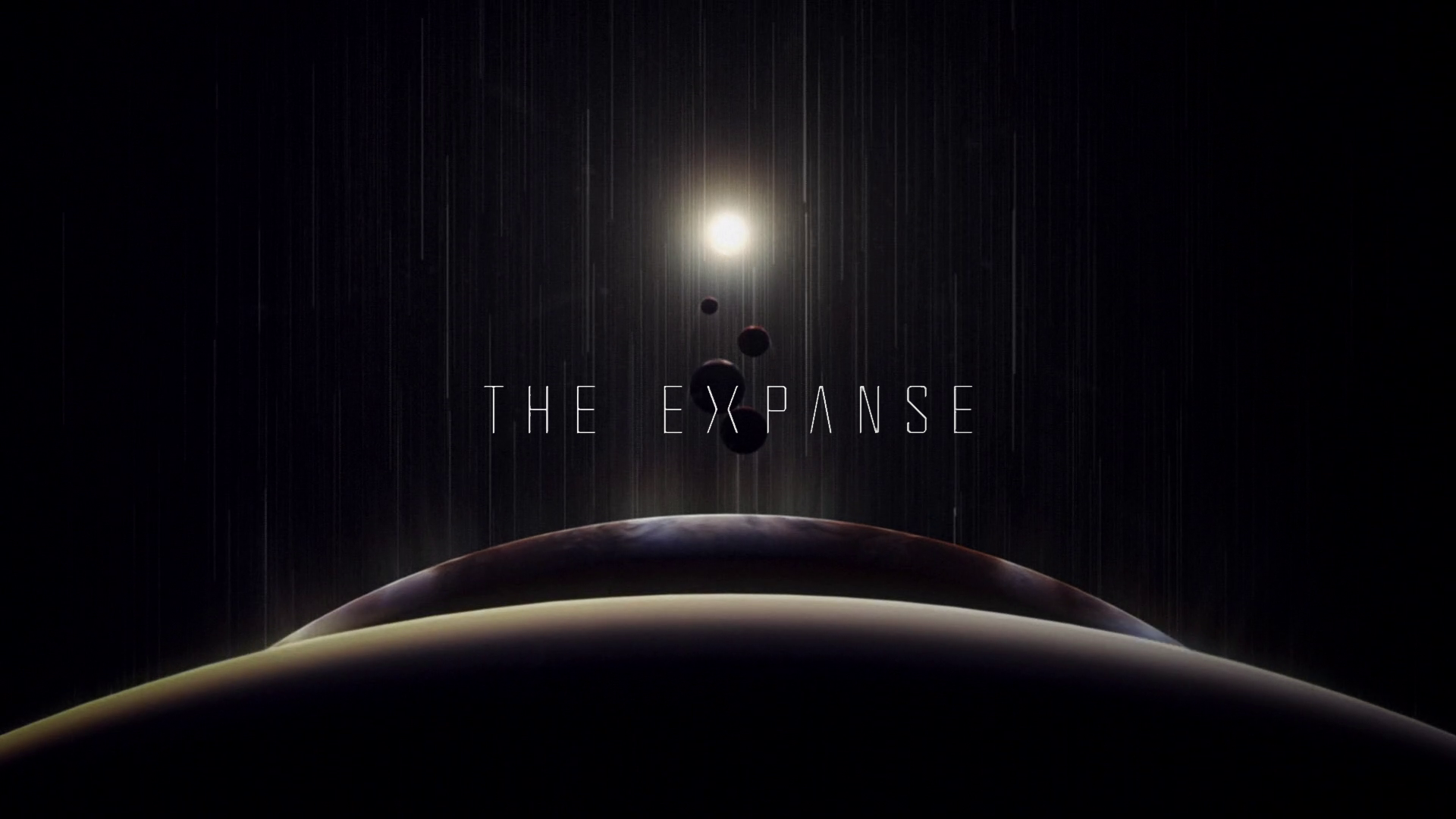The Urban Centers
With such a high population, most of Earth’s citizens congregate in its teeming cities, which sprawl across the planet’s surface. At one time, the Urban Arcology movement attempted to address Earth’s overpopulation problem by building vast structures to house dense concentrations of people with minimal impact on their surrounding environment. Powered by their own self-contained fusion reactors, these arcologies were designed to exist as self-sustaining ecosystems, but the technology did not yet exist to fully exploit the concept. Nevertheless, failed arcologies litter many cities on Earth, towering into the sky or stretching for miles through the urban landscape. Some people still inhabit these crumbling monoliths from a more optimistic time, but the Urban Arcology movement never lived up to its promise.
Today, most cities have a central commercial district, filled with skyscrapers housing corporate offices and luxury residential apartments for the wealthy. Basic and minimal-income housing neighborhoods ring the commercial districts and stretch for miles, making up the largest proportion of real estate in most cities. Even with this much area, space is at a premium. Basic housing is crowded, and government apartment blocks are often old, underfunded, and derelict. Shared accommodations are usually mandated, and extended families inhabit squalid living spaces designed for half as many people. Low-income homes are an improvement over Basic housing, consisting of either simple apartments or small, mass-produced, single-story houses on tiny plots of land. Their key distinction is that their residents pay rent or mortgages for them, and thus get some say over their condition and location. Finally, on the outskirts of the cities sit the orderly grids of middle-income suburbs and strip malls.
The roads linking the various city districts together incorporate an electric network that powers and directs vehicles, from private cars to public transit such as the free automated bus service provided by Basic in most urban centers. Streets are invariably crowded with automated traffic and the packed throngs of people, either those with jobs traveling to and from work at shift change, or the aimless masses of those on Basic, wandering the streets and searching for some meaning in their small, dismal lives.
What open land remains outside Earth’s sprawling urban centers is dedicated mostly to automated industrial farming, where machines labor to produce the food and other organics to sustain not only Earth’s population, but much of the solar system as well. Private land ownership is rare outside the ranks of the ultra-wealthy, though small family farms do persist in some areas, contributing their own tiny share to the planet’s total food production. Highspeed rail lines connect major cities to one another, and vast solar-powered cargo vessels carry humanity’s trade across Earth’s polluted oceans.
Remove these ads. Join the Worldbuilders Guild









Comments